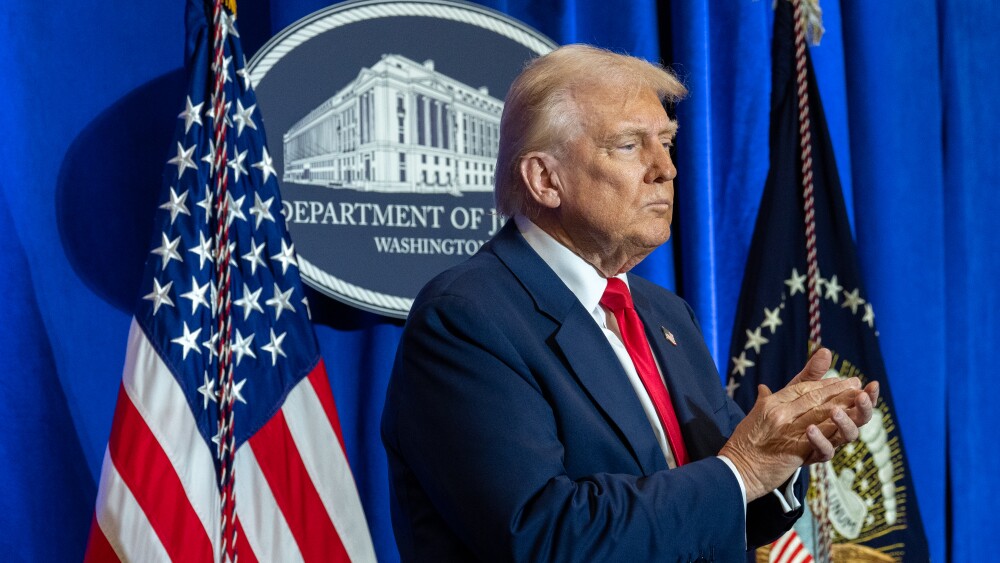As researchers face delayed project timelines and inflated costs, industry leaders are offering an alternative option for sourcing nonhuman primates.
As researchers face delayed project timelines and inflated costs, industry leaders are offering an alternative option for sourcing nonhuman primates.
Scientists performing preclinical research in nonhuman primates have been met with a barrage of challenges in obtaining animal subjects since the pandemic. Nearly two-thirds of U.S. primate researchers have faced these supply difficulties, according to the U.S. National Academies of Science. The report cites the primary sourcing of primates from China before the pandemic (~ 60%) as a contributing factor—an importation that halted during the pandemic and is not likely to resume.
Even before COVID-19 brought supply chains to a crawl across life sciences and beyond—academic and industry primate researchers were struggling to align funding sources to research and operating costs. Federal funding for primate husbandry in research has taken a reported 23% dip over the past ten years.
The lack of resources and increased demand for nonhuman primates for COVID-19 vaccine research has culminated in a prolonged supply shortage. A $30 million infusion in 2021 to seven National Primate Research Centers sought to alleviate tensions but failed to overcome increased demand. Significant industry expenditure on primate resources has been met with similar diminishing return on investment in terms of meeting translational study demand. The global “primate crisis” supported by FDA initiatives requires expanded utilization of alternative primate models to ensure continued preclinical safety assessment for life-saving pharmaceuticals.
Now, researchers are seeking alternative routes to source their animal subjects. One avenue has emerged as a viable alternative to macaques previously sourced from China—African green monkeys from the island of St. Kitts.
Virscio, a translational research company, has led the pivot to utilizing green monkeys and have found the FDA and industry sponsors receptive to the paradigm shift. “We’ve had numerous engagements with the FDA in support of the sponsors who have conducted studies here in St. Kitts,” Matthew Lawrence, Virscio’s CEO and CSO, told BioSpace. “The agency has long been very accepting of data from Virscio, and, by extension, from the green monkey as a test system.”
Introduced to St. Kitts in the 1600s, the green monkey has become an invasive species that threatens the island’s agricultural security. By situating its research and animal facilities in St. Kitts, Virscio achieves a research environment where the monkeys still have access to a familiar, low-stress environment. “There is a lot of appeal in being able to do world-class science that is meaningfully moving the needle in a setting where we can optimize animal welfare,” Lawrence said.
The alternative primate source also offers the potential to alleviate some of the severe pain points researchers have experienced in recent years. “Sponsors looking to start a primate study are presently receiving an indication of 9 to 12 months before study initiation, a delay that can seriously impact research and development timelines”, said Christopher Stanley, CBO and CFO at Virscio.
The company’s sustainable access to green monkeys on St. Kitts “directly translates to our ability to mobilize and support the initiation of the in-life phase of the study at a time point that is often many months earlier than what might be achievable in most other locations,” Lawrence added.
Utilizing nonhuman primates for pre-clinical research has also become cost-prohibitive in recent years, Stanley explained, with estimates ranging from $35 thousand to $100 thousand per animal. A problem Virscio has managed to bypass.
“In our mission to help Sponsors reduce the time, cost and risk of drug development, Virscio’s unique access to animals enables us to provide a very compelling value proposition to Sponsors—lower cost access to animals, shorter study initiation lead times and highly translatable preclinical data that enables clear go / no-go decisions for therapeutic programs,” Stanley said.
The exclusive resource of green monkeys has provided additional benefits for the company and for sponsors when it comes to method development and endpoint optimization, Lawrence added. “Because of our proximity to the population of animals that we have, we can quickly and efficiently test novel, high-impact research concepts that will inform sponsor project and program planning on a continual basis. The capacity to run a full-time research platform with our animal access is globally unique.”
Nonhuman primates remain a preferred choice for preclinical studies compared to other animal models—especially for biologics and cell and gene therapies as these approaches often target biology not conserved in lower species, like mice, Stanley added.
Green monkeys have shown promise in providing a translational model to evaluate comparative efficacy of novel ocular therapeutics against the standard of care. Neurodegenerative diseases like Parkinson’s and Alzheimer’s are notoriously challenging to recreate in animal models. Yet, aspects of these human pathologies align quite closely with naturally incident and induced phenotypes in green monkeys, Lawrence said, which is not always the case in macaques.
Specific advantages of the St. Kitts green monkey population include the geographic isolation of St. Kitts and the small foundling population of the island colony, Lawrence added. “The St. Kitts green monkey population exhibits degrees of homozygosity that enables more accurate genotype-phenotype correlations and definition of study cohorts that have less genetic variability than would be true of a similar size cohort of Asian-derived macaques.”
Virscio finds itself uniquely positioned in a research and development environment desperate for relief from the primate supply shortages, inflated costs and delayed timelines. The shift became apparent in the last two years, Stanley said, with sponsors pivoting to Virscio as an alternative source for translational research expertise and capabilities that are critically enabling the IND path.
The influx of sponsors has empowered future expansion efforts for the company. “We are investing aggressively to not only expand the physical infrastructure and animal capacity at our St. Kitts vivarium site,” Stanley said, “but we are also aggressively expanding our Connecticut site and scientific team to support increased demand for non-GLP and GLP histology and immunohistochemistry services.”
The insights team analyzes and comments on industry trends and creates thought leadership content for BioSpace and clients. The head of insights, Lori Ellis, can be contacted via lori.ellis@biospace.com. Follow her on LinkedIn.







